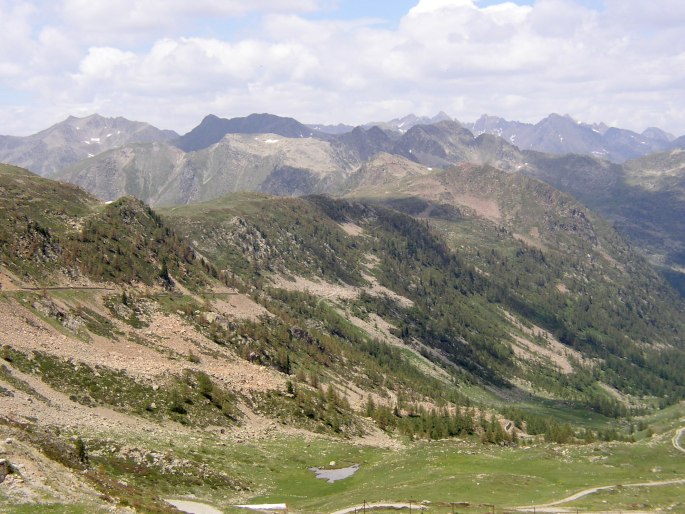Syn.: Ajuga vulgaris subsp. pyramidalis (L.) Rouy, Bugula pyramidalis (L.) Crantz, Bulga pyramidalis (L.) Kuntze, Teucrium pyramidale (L.) Crantz
Family: Lamiaceae Martinov

Distribution: The range of this European species is broken up into a number of disjointed areas – high mountains of southern and central Europe (from the northern part of the Iberian Peninsula through the Alps to the Balkans and Carpathians) and northern Europe (Scandinavia, Iceland, Scotland, Ireland). In between of these main areas of its distribution, its occurrence is very scattered in lower parts of central Europe, eastward to Belarus.
Ecology: It grows in meadows, pastures, forest margins, on humid and acid soils. It blooms from May to August.

Description: Perennial herb, 5–20 cm tall, without stolons. Stem erect, hairy, lower leaves shortly petiolate, obovate, 4–11 cm long, entire or crenate-dentate. Bracts ovate or obovate-orbicular, tinged with blue or violet, all exceeding the flowers. Verticillasters 4- to 8-flowered, calyx 5–8 mm, the teeth as long as the tube, corolla 10–18 mm, pale violet-blue, rarely pink or white, tube exceeding calyx, upper lip short, entire, lower lip 3-lobed. The fruit is a nutlet.
Threat and protection: The species is protected by law in Czechia and Slovakia, it is listed as a vulnerable (VU) in Ireland.
Note: The genus Ajuga contains about 50 species.



These images were taken in Italy, Maritime Alps, Colle della Lombarda (June 22, 2006).


